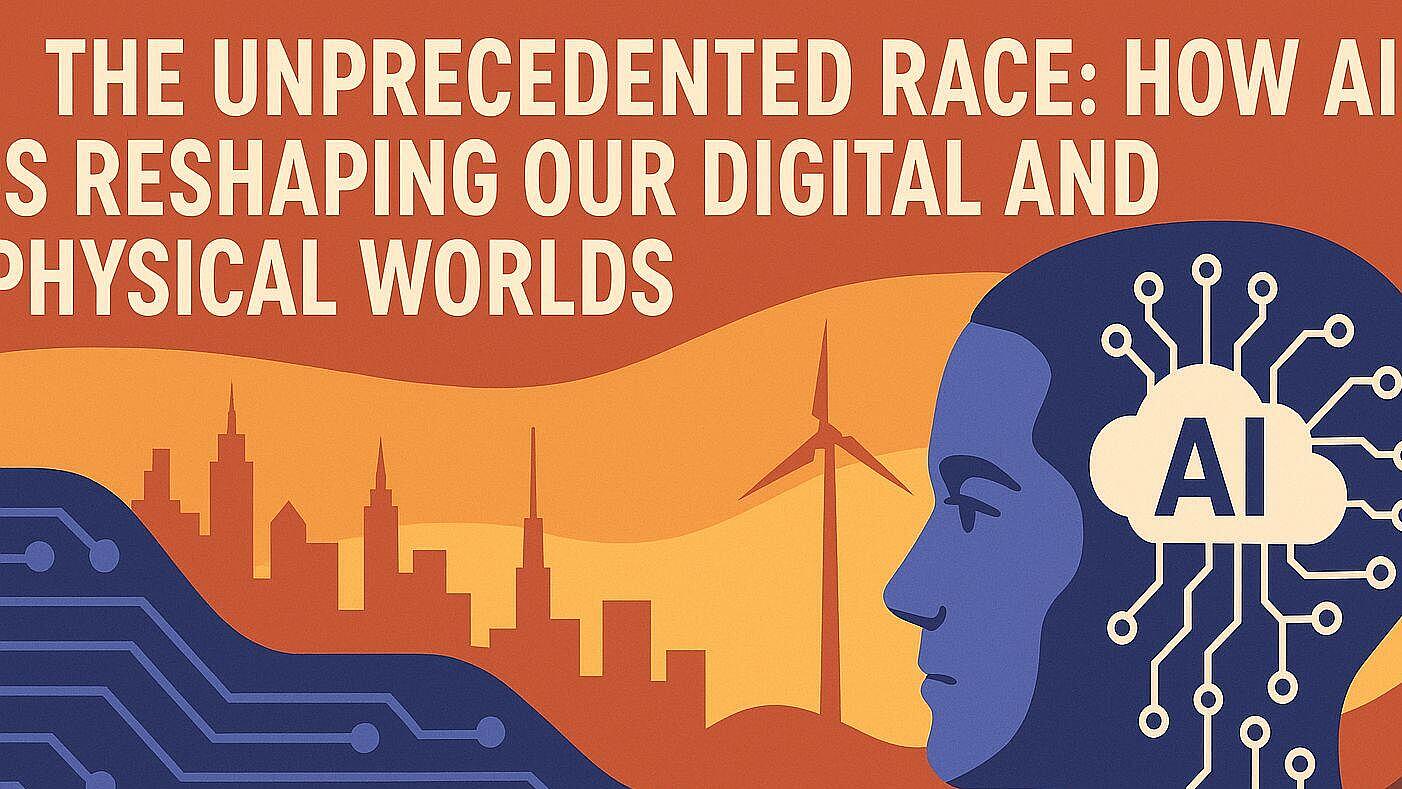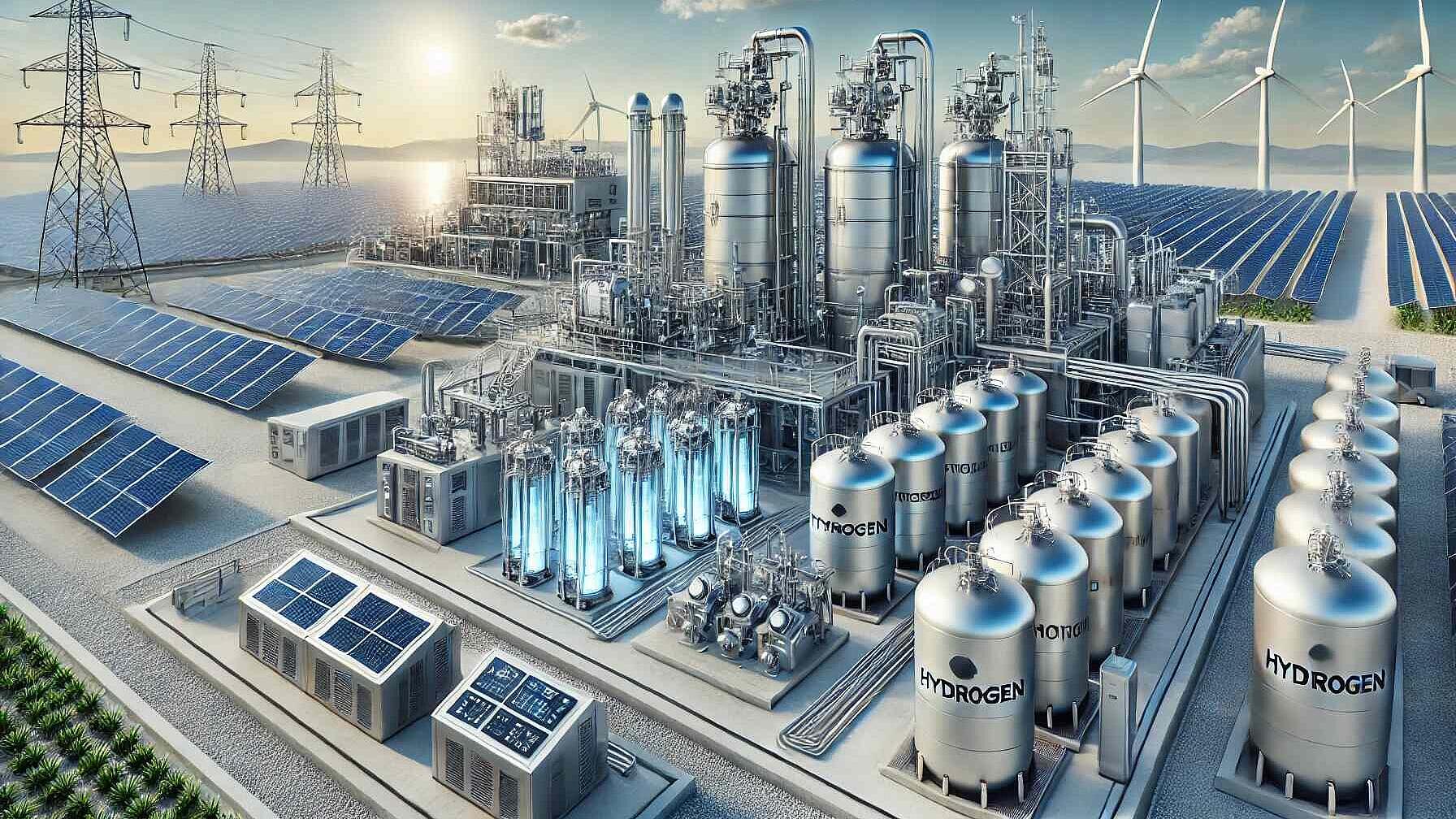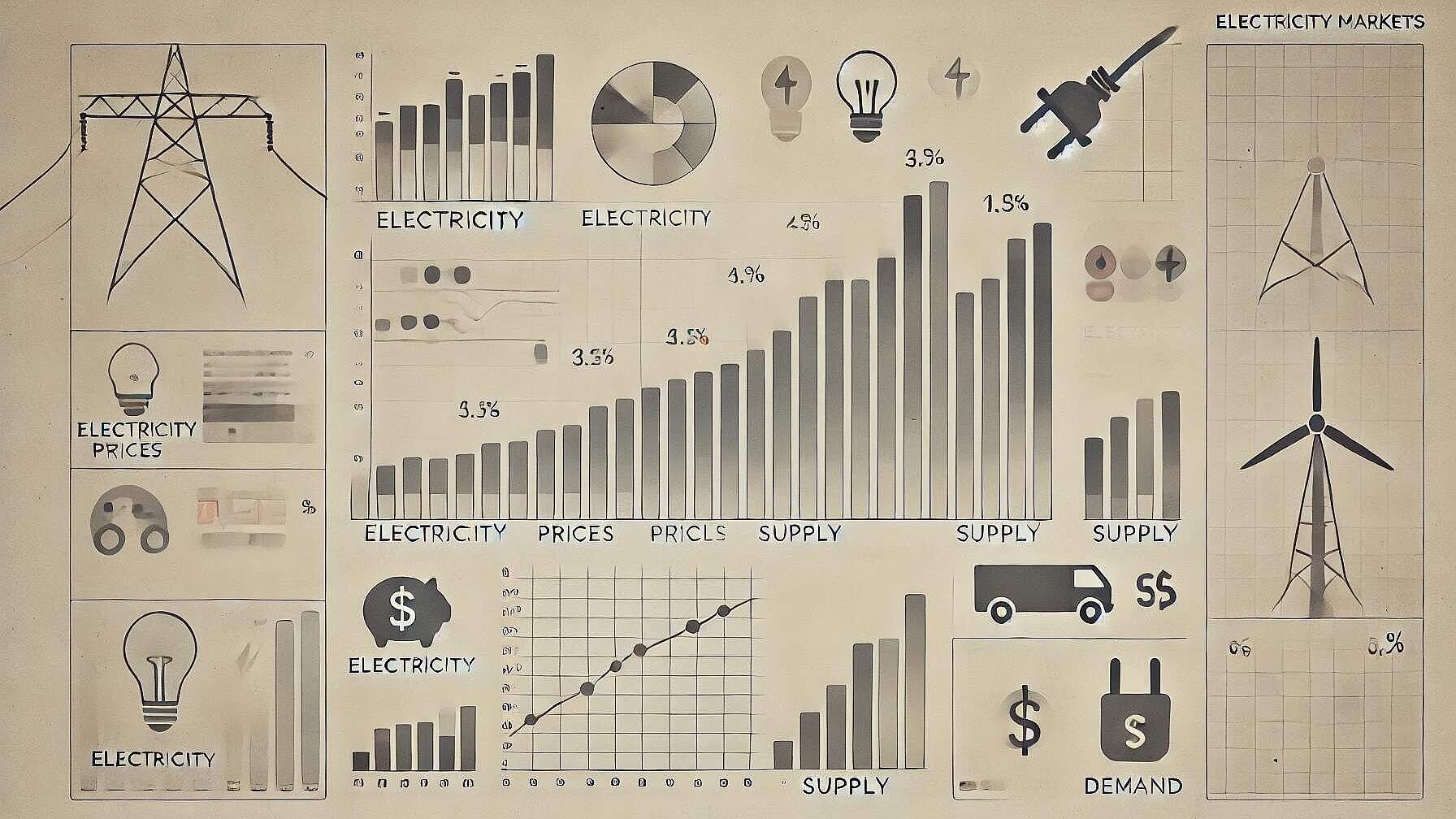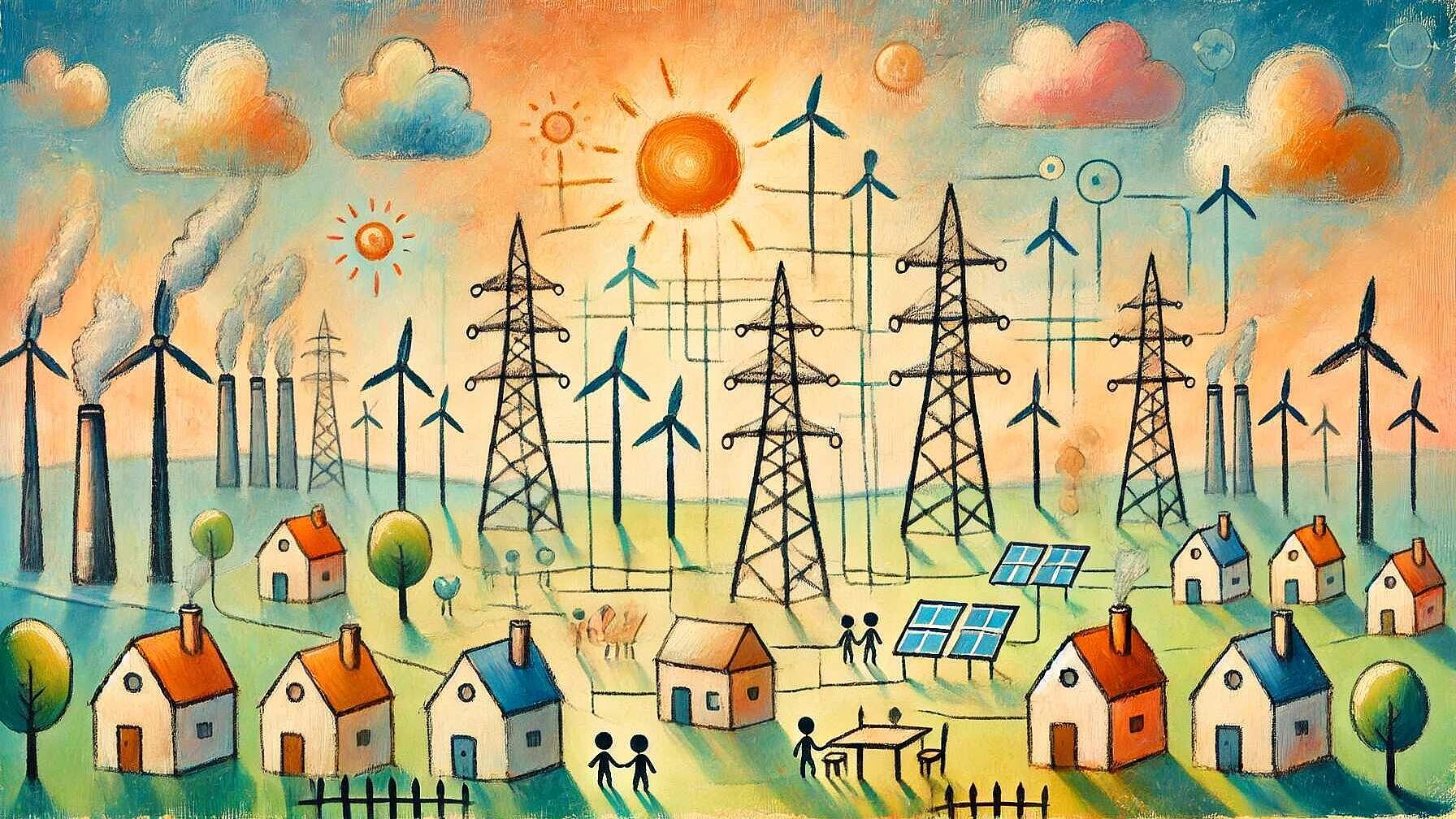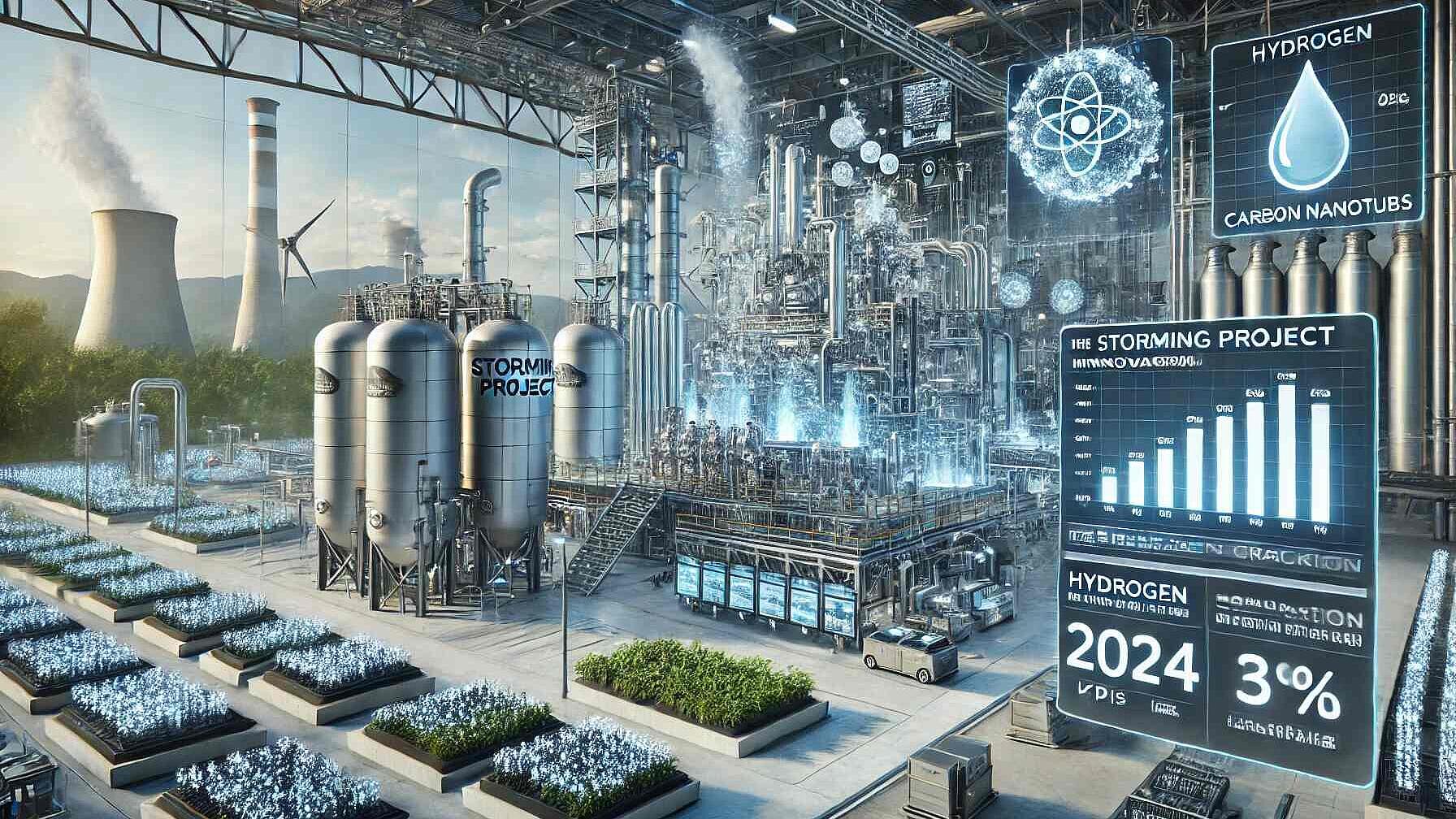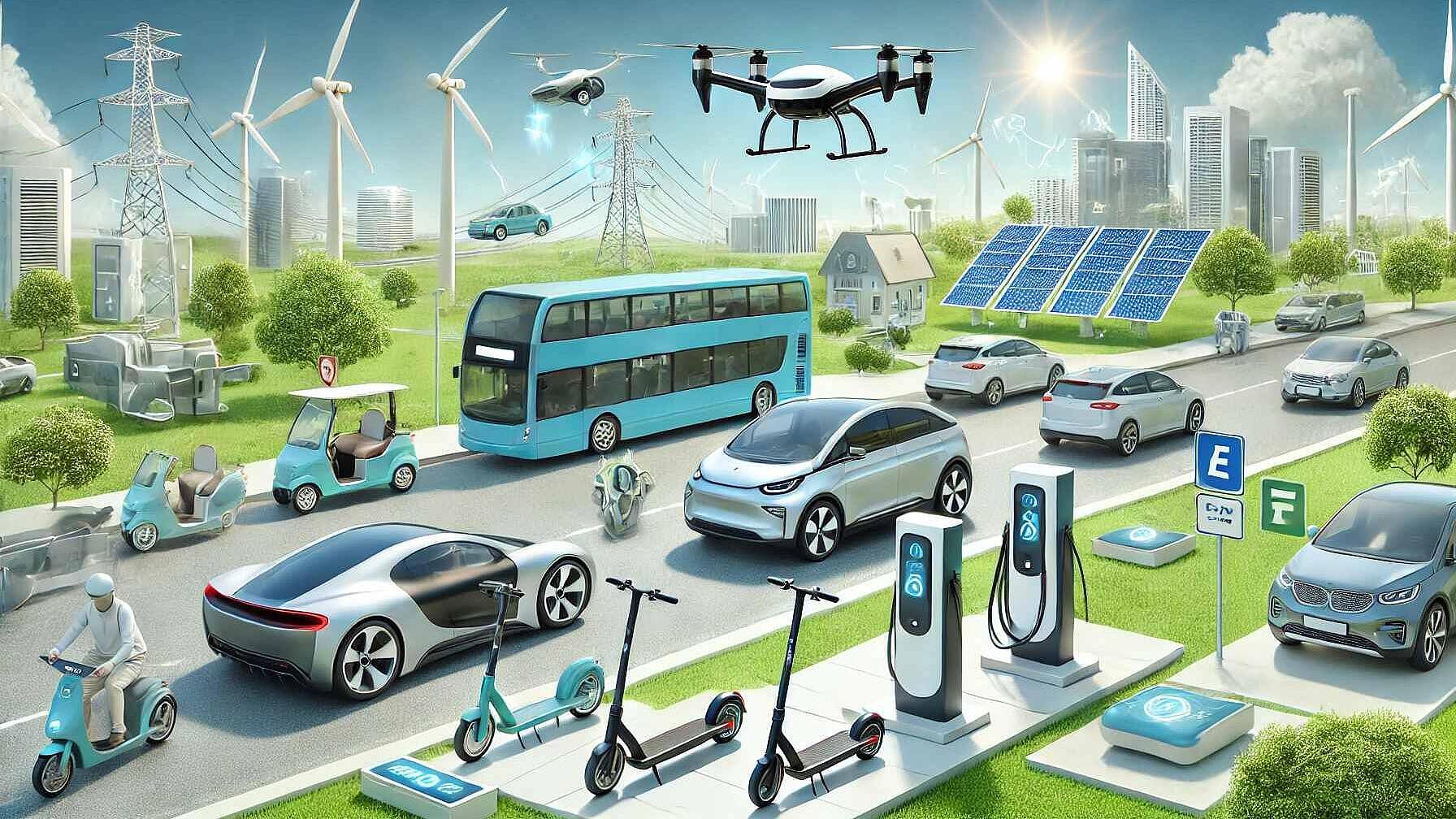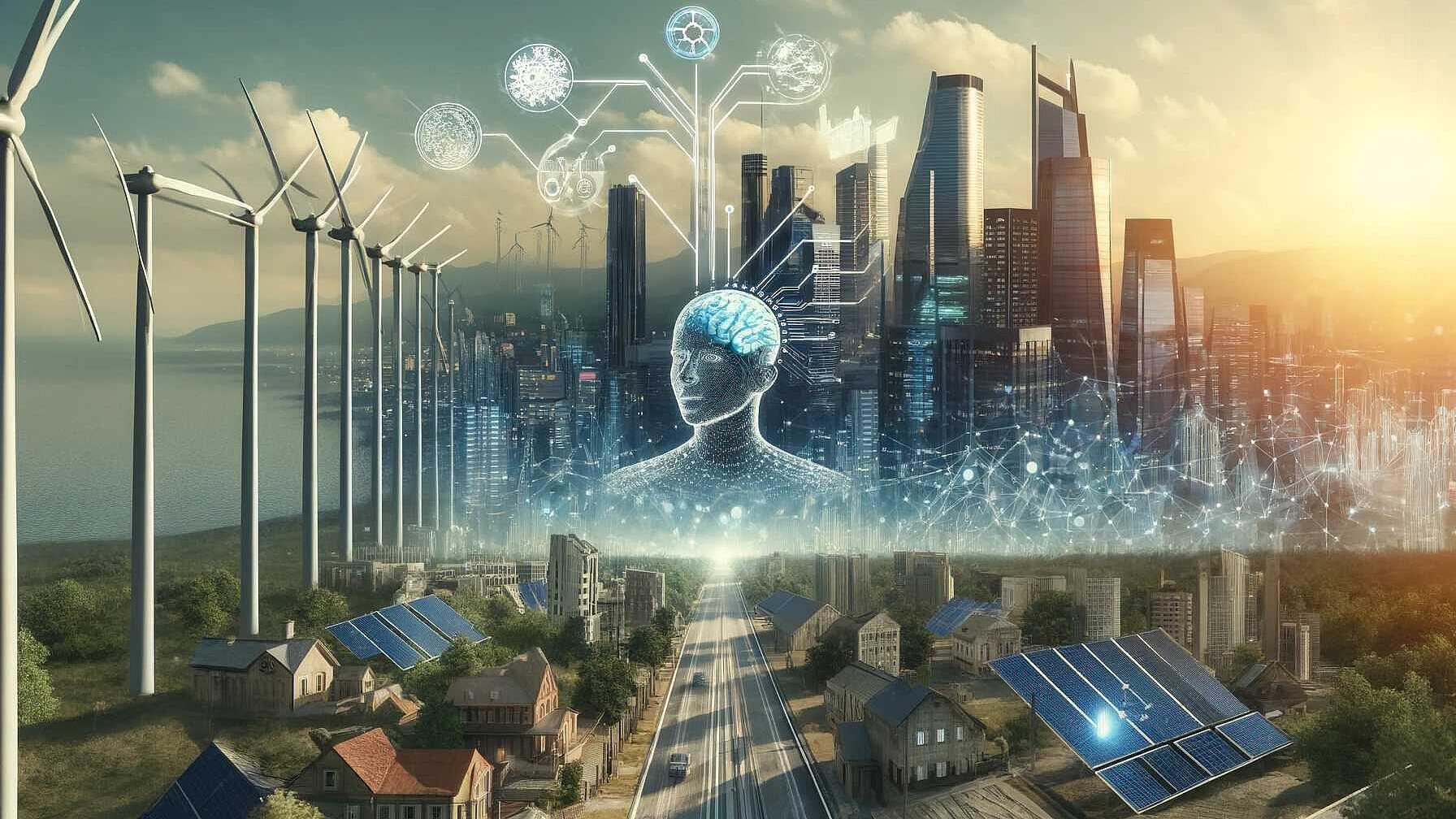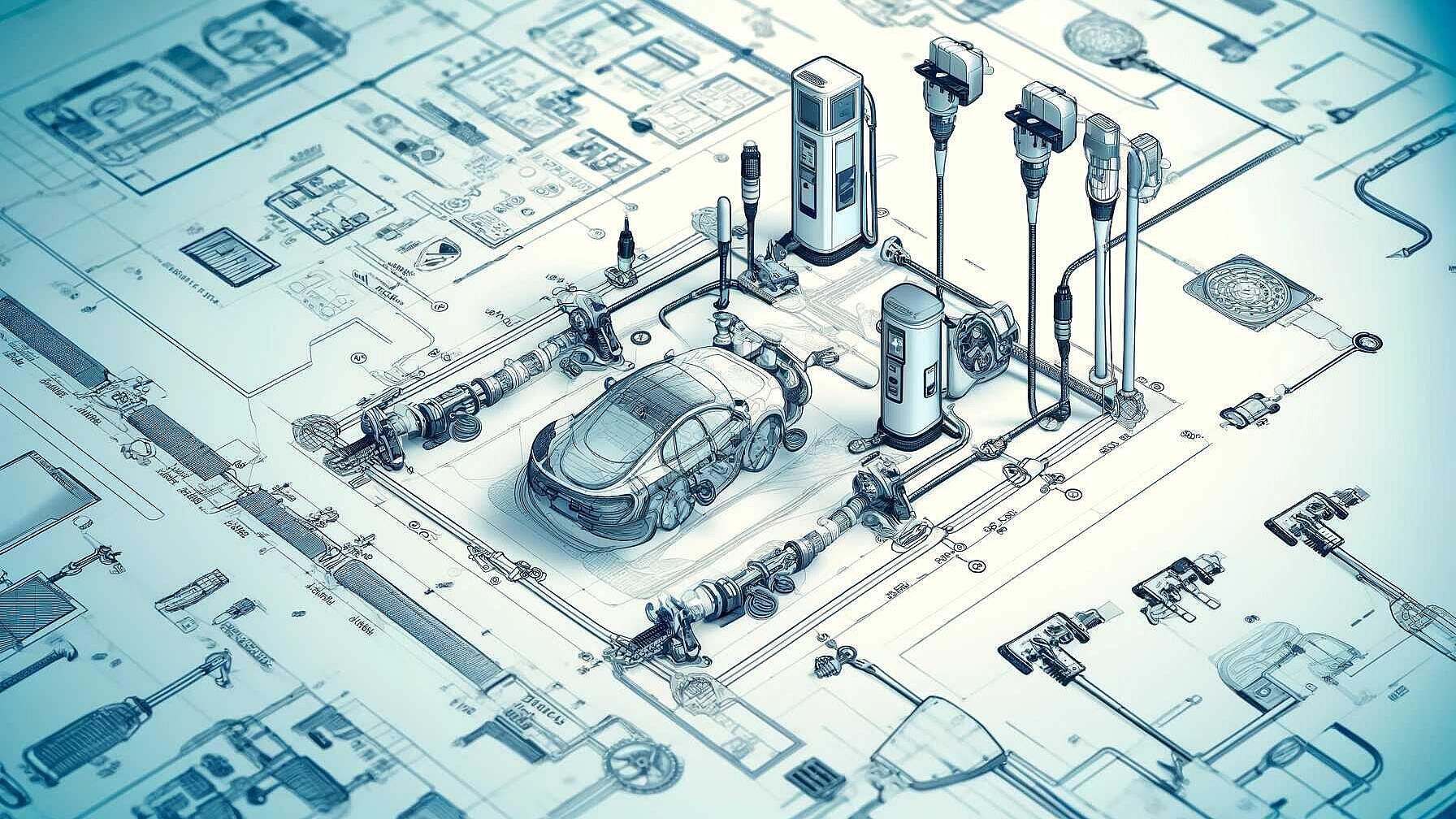 Energy Infrastructure
Energy InfrastructureEnergy Infrastructure
A corrida sem precedentes: como a IA está a remodelar os nossos mundos digital e físico
O documento revela que, até 2030, será necessário um investimento de 7 biliões de dólares para apoiar os centros de dados no aumento da procura de processamento de IA. A investigação da McKinsey prevê que 5,2 biliões de dólares serão para centros de dados de IA, com 1,5 biliões de dólares para aplicações de TI tradicionais. O investimento apoiará principalmente os desenvolvedores de tecnologia, a geração de energia e os elementos de construção dessas instalações. Os centros de dados de IA requerem significativamente mais energia e refrigeração devido a densidades de energia e geração de calor mais elevadas do que os centros tradicionais. Esta procura está a aumentar as taxas de consumo de energia e necessita de soluções de arrefecimento avançadas, como o arrefecimento líquido. A cadeia de suprimentos de semicondutores está sob pressão da alta demanda por componentes de IA, como HBM, GPUs e SSDs, levando à escassez de recursos e longos prazos de entrega. Fatores geopolíticos, como as tarifas dos EUA, podem exacerbar esses desafios, aumentando os custos e adicionando complexidade. Em resposta, as estratégias de aquisição devem evoluir para garantir o planeamento a longo prazo e a resiliência da cadeia de fornecimento. As ferramentas de previsão de procura baseadas em IA e ML são vitais para gerir a incerteza na procura e na oferta, oferecendo potencial para aumentar a precisão e automatizar decisões anteriormente dificultadas por sistemas legados. Estas ferramentas permitem um melhor planeamento do inventário e provaram ser benéficas em casos como o de um retalhista de moda global que registou melhorias nas receitas e nas margens. Concluindo, a revolução da IA está a provocar investimentos maciços, criando oportunidades e desafios extraordinários em matéria de energia e infra-estruturas. Para os enfrentar, será necessário inovar na eficiência do hardware, nas energias renováveis e nas tecnologias de redes inteligentes, juntamente com a previsão e o planeamento avançados da procura. A capacidade de antecipar a procura de potência de computação é crucial para as partes interessadas em toda a cadeia de valor da IA.
Leer Artigo completoA intersecção entre a energia e a IA: perspectivas da Conferência Mundial da AIE
A Conferência Global da AIE sobre Energia e IA destacou a relação recíproca entre os dois campos, centrando-se no papel da IA na otimização da utilização de energia e no reforço da adoção de energias renováveis, reconhecendo simultaneamente as crescentes necessidades energéticas da IA. As principais discussões abordaram o consumo de eletricidade pelos centros de dados, os avanços na tecnologia de baterias, a otimização de redes inteligentes, as capacidades preditivas para desastres naturais e as perspetivas internacionais de empresas e governos sobre estratégias de energia orientadas para a IA. A AIE sublinhou o seu compromisso de fornecer dados acionáveis e promover o diálogo entre as partes interessadas para alinhar a IA com as realidades do sistema energético, e anunciou um relatório abrangente sobre a energia e a IA para 2025.
Leer Artigo completoPowering the Future: A Comprehensive Look at Hydrogen Production Methods
The paper provides an analysis of 19 hydrogen production methods, focusing on efficiency, cost, and environmental sustainability. It identifies the efficiency of fossil fuel reforming and the high environmental impact of non-renewable sources. Renewable methods are more sustainable but less developed. Hybrid approaches offer balanced results while further innovation is needed for truly sustainable hydrogen production.
Leer Artigo completoPowering Ahead: The Global Electricity Landscape Through 2026
Global electricity demand is projected to increase, led by China and India, with renewables and nuclear supplying all growth through 2026, indicating a shift towards low-emission sources, reducing CO2 intensity, and highlighting regional disparities in access and consumption trends.
Leer Artigo completoTransforming Europe's Energy Grids for a Sustainable Future
The paper discusses Europe's transition to an interconnected, renewable-focused energy grid, emphasizing the need for smart grids, AI, flexibility markets, advanced data exchange, and interoperability. These elements are crucial for balancing supply and demand, enhancing grid efficiency, and achieving sustainability and decarbonization goals, all while facing challenges in technology, investment, and stakeholder collaboration.
Leer Artigo completoIntegrating Innovation: The Role of STORMING Project in Aligning with the Hydrogen Pathways Report 2024
The STORMING project innovates in methane cracking for CO₂-free hydrogen and carbon nanotubes production, aligning with Hydrogen Europe's pathways for a sustainable energy transition and offering economic and environmental benefits. Challenges remain in scaling and integration into industries.
Leer Artigo completoOverview of main actors in the e-mobility ecosystem
The paper addresses the EU's transition to electric vehicles (EVs) as key in decarbonizing transport sector emissions, crucial to achieving 2040 climate targets. The EV ecosystem involves various stakeholders, including OEMs, CPOs, and DSOs, working together towards electrification. Policies like RED, AFIR, EPBD, and the Sustainable Battery Regulation support this shift, while investment in EV infrastructure is projected to significantly increase. Data sharing is emphasized as essential for ecosystem efficiency.
Leer Artigo completoThe Economic Impact of AI on Energy Transition: Financial Institutions at the Forefront of a Green Revolution
AI accelerates the global energy transition by optimizing grid operation, predictive maintenance, and energy efficiency, advancing R&D, and enhancing energy trading strategies, attracting investment and job creation, with associated financial opportunities and risks.
Leer Artigo completoTransforming the Grid: Electric Vehicles as Key Players in the Energy Landscape
The "Solution Booklet: Electric Vehicles and the Grid" discusses the increase of EVs in Europe, the necessity for robust charging infrastructures, strategic city planning for EV integration, technical, societal, and governance aspects of smart charging and V2G technologies, as well as innovative solutions and economic considerations for successful EV and energy grid synergy.
Leer Artigo completoCompetitiveness of the European Energy-Intensive Industries
The European Round Table for Industry reports, authored by the Boston Consulting Group, highlight challenges in Europe's energy transition, advocating for regulatory changes to foster competitiveness amid higher energy costs, risk of deindustrialization, and the need for large-scale investment in energy infrastructure to meet Green Deal goals.
Leer Artigo completo